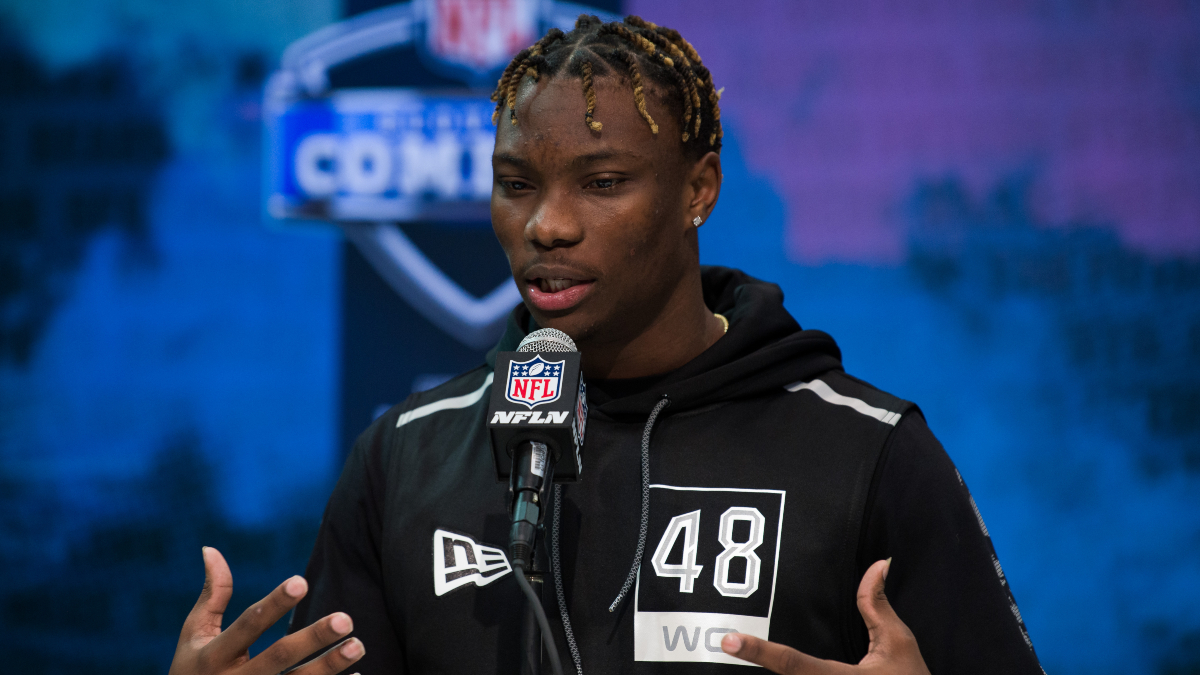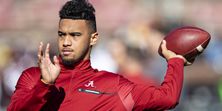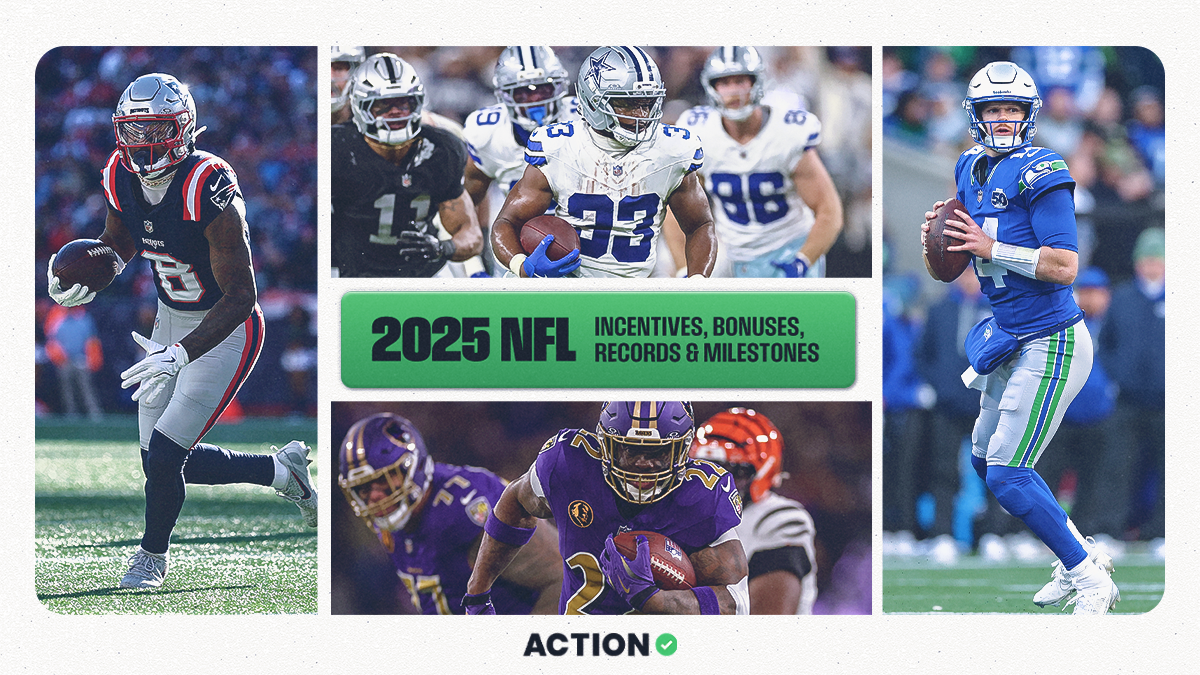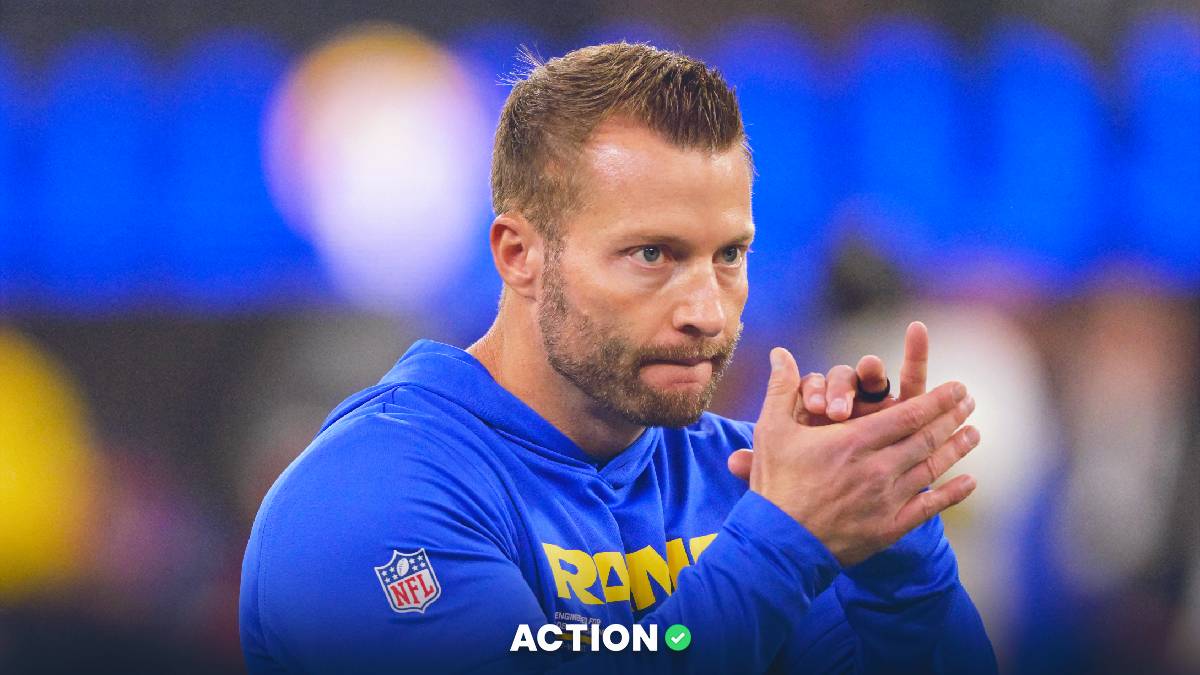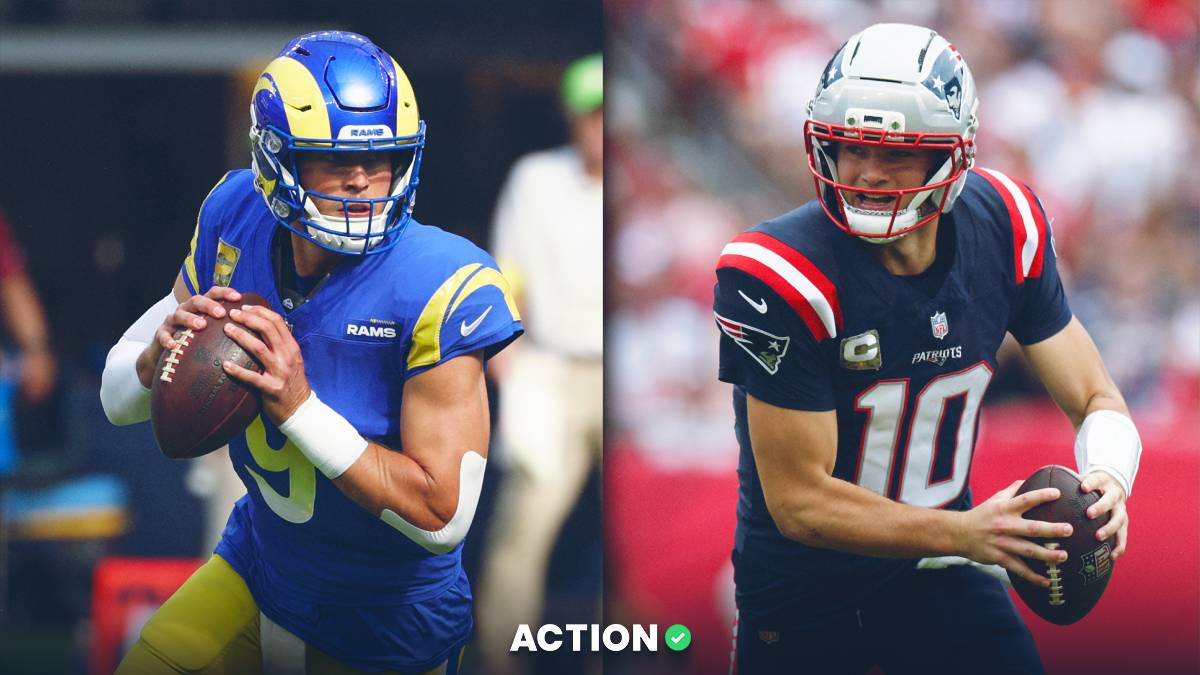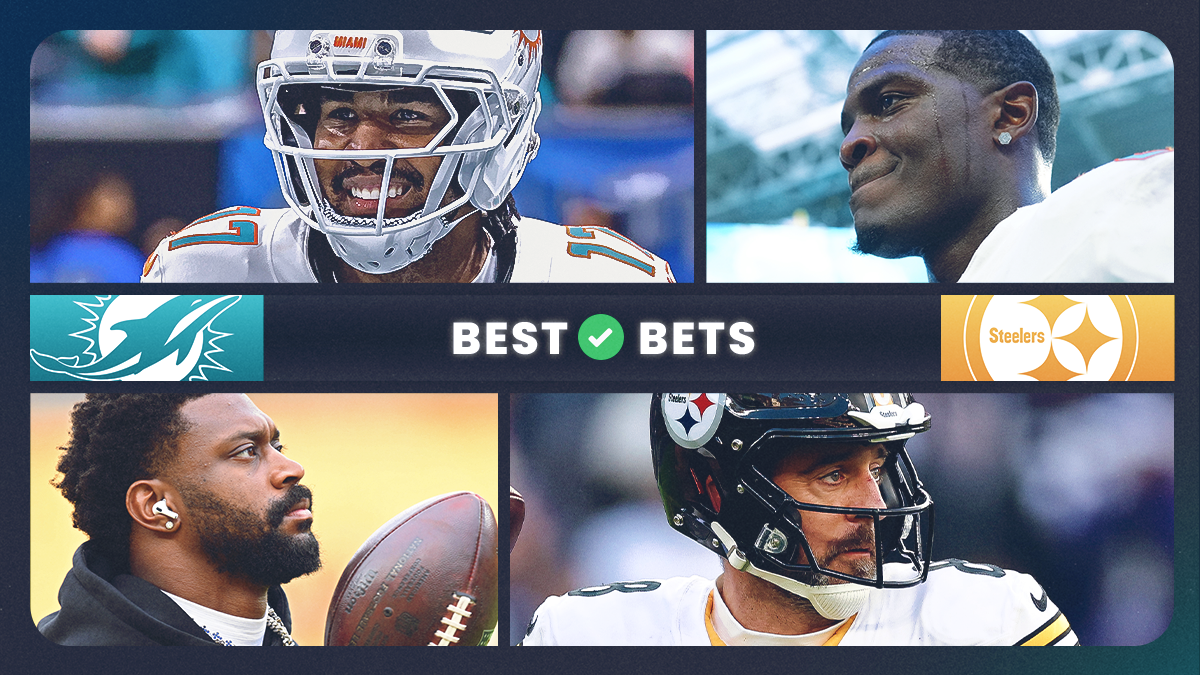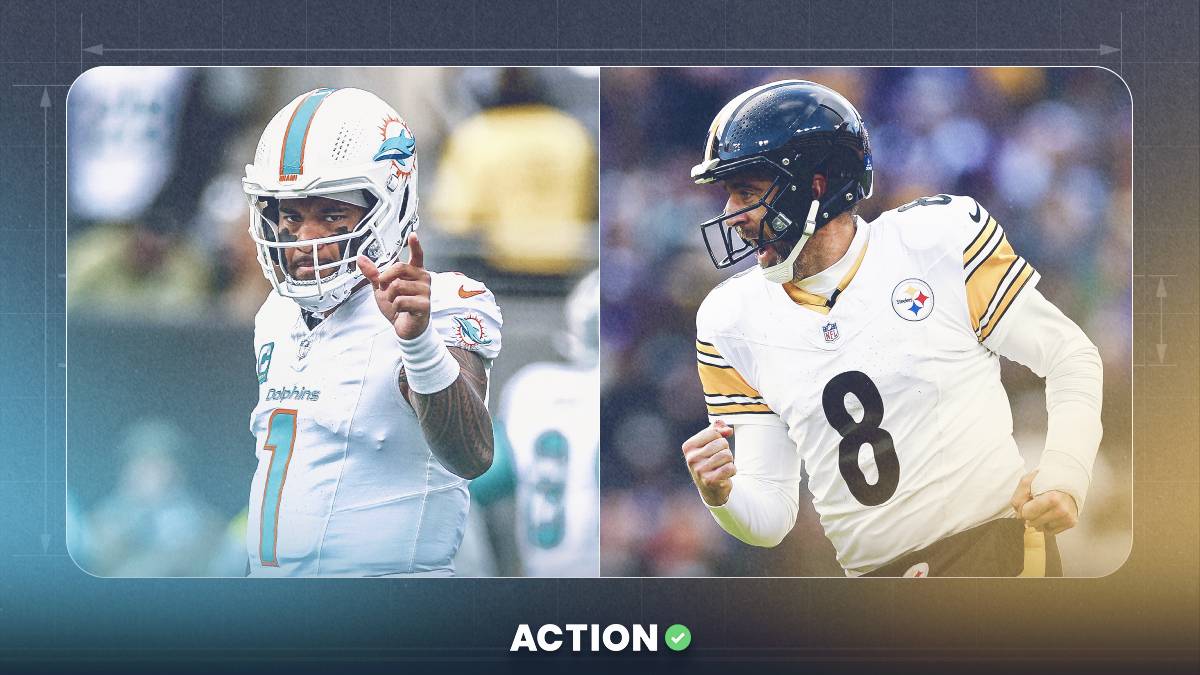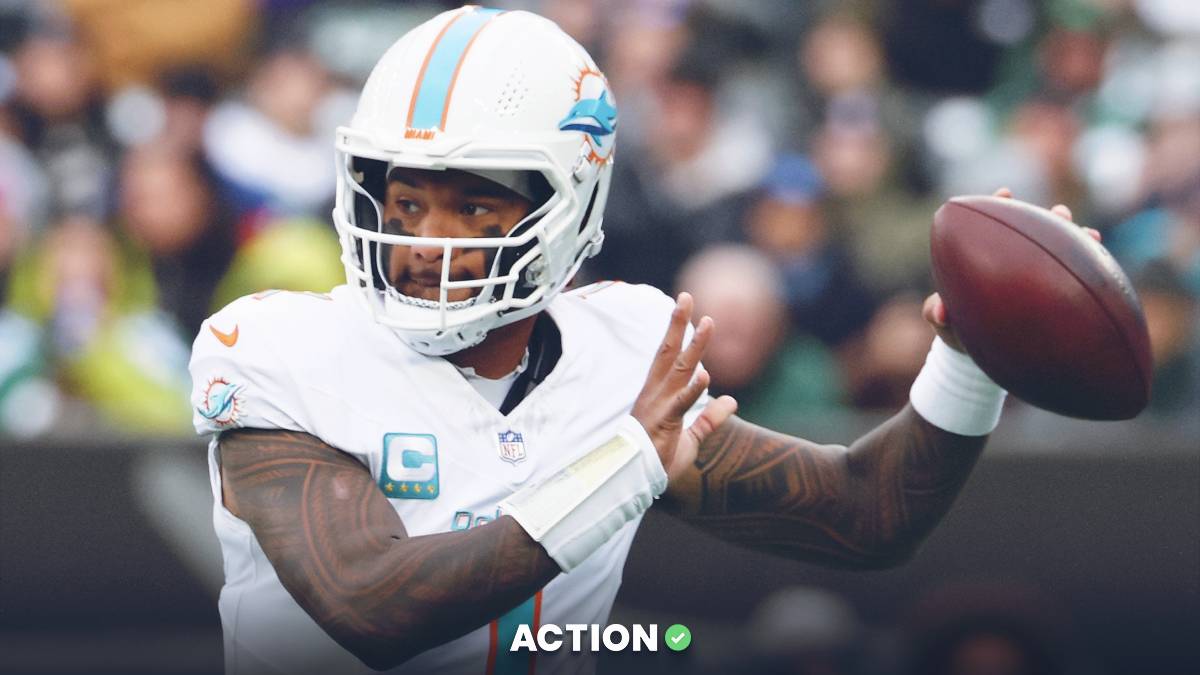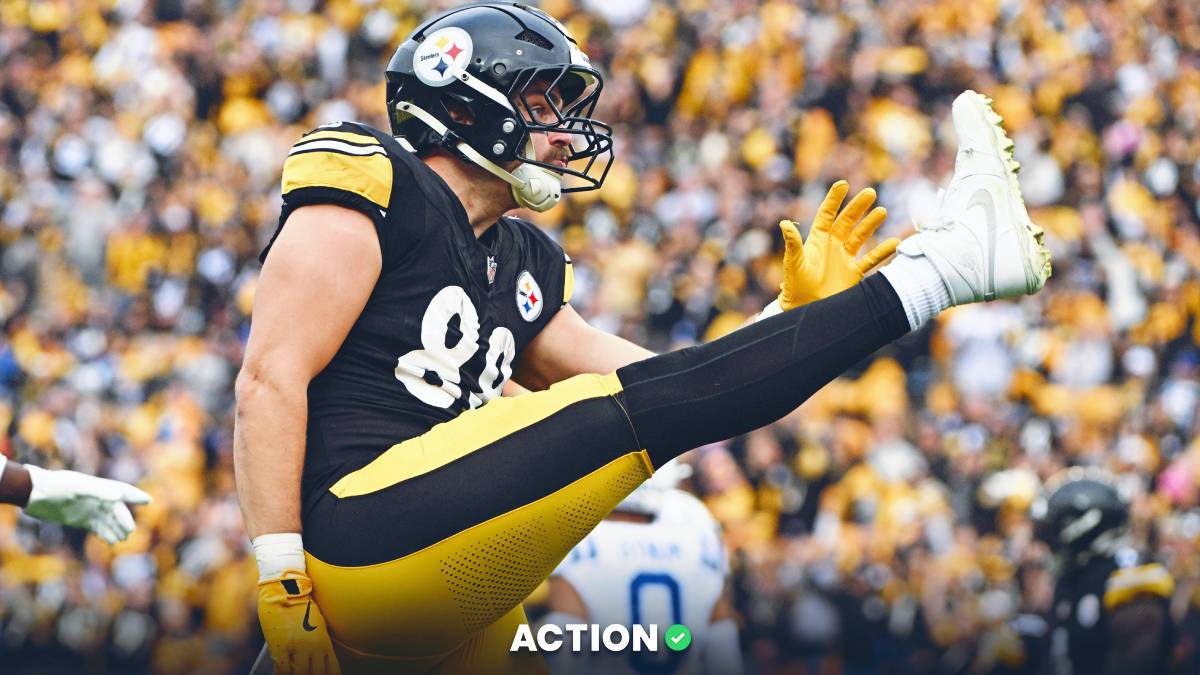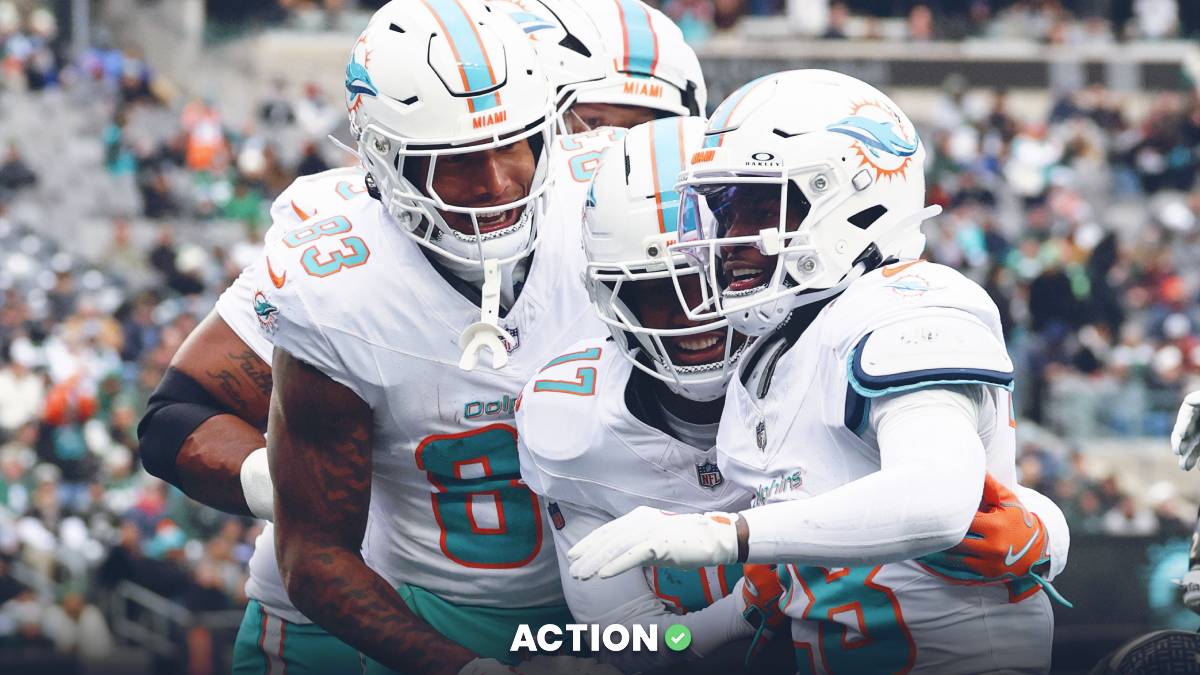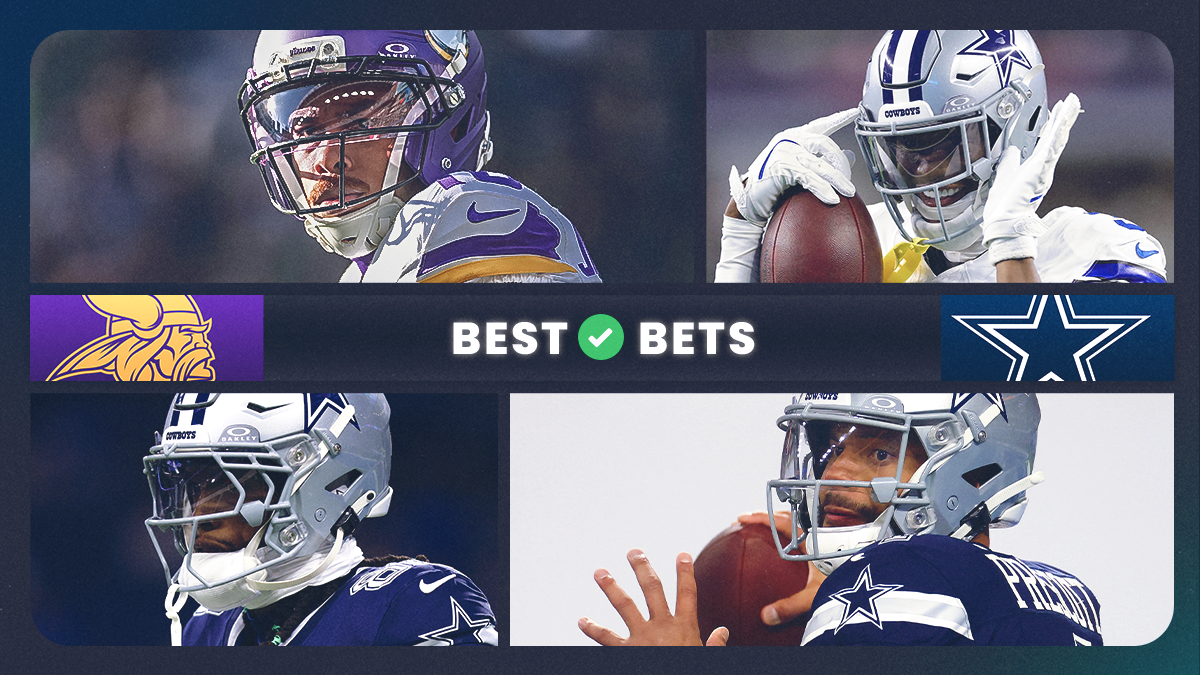The 2020 NFL combine is in Indianapolis this week, and today (Thursday, Feb. 27, 4-11 p.m. ET) we will see the quarterbacks, wide receivers and tight ends work out.
I'm yet to see combine props in the legal market, but in case any domestic sportsbooks post them within the next few hours, here are my thoughts on how you should bet the combine, based on analysis of the prospects as well as official combine data going back to 2006.
Where is sports betting legal now?
2020 NFL Combine Prop Betting Strategy
As I mention in the podcast I recently recorded with my close, personal longtime friend and NFL draft guru Mel Kiper, I have a simple strategy when it comes to the combine: Be pessimistic. Be skeptical. Be cynical.
And be profitable.
Yesterday, I was thrilled to do a podcast with @MelKiperESPN, the godfather of NFL draft analysis.
I spoke maybe three times: Mel's market share was Round 1 WR-level elite.
We talk about the 2020 QBs & WRs and combine & draft props.
Give it a listen.https://t.co/Zs5dR6uyp5
— Matthew Freedman (@MattFtheOracle) February 26, 2020
For the combine, people want to bet on their favorite college players doing well and on history being made, and that optimistic urge has skewed the market over the past few years.
As a result, it is usually advisable to bet that big-name players will underperform and combine records will not be broken — especially when it comes to the 40-yard dash.
2020 NFL Combine: How to Bet the 40-Yard Dash
The 40 is the combine's marquee event, so 40 props tend to draw the most attention from unstudied investors, who typically bet on fast times, thereby creating value for over bettors.
And there's also a measurement loophole that makes the over the sharp side. When high-school students run the 40 as recruits, or when underclassmen run the 40 at spring pro days the year before they declare for the draft, they are almost always timed by hand with a stopwatch.
And then when these players leave school and start preparing for the combine, analysts and bettors consult the old 40 times and use those as a baseline for what the prospects might do at the combine.
Here's the loophole: The 40 at the combine is timed with laser technology, and the difference in measurement mechanisms is significant, because historically hand-timed 40s have been about 0.05 seconds faster than electronic 40s.
In other words, if a guy — Alabama wide receiver Henry Ruggs III, for example — has a hand-timed 40 of 4.25 seconds, that's roughly equal to an electronic 40 of 4.30 seconds.
And since sportsbooks often use reported hand-timed 40s as a starting point, that means it's not unusual for the opening lines to have 0.05 seconds of value to the over.
In general, the over tends to be the profitable side for combine 40 props.


